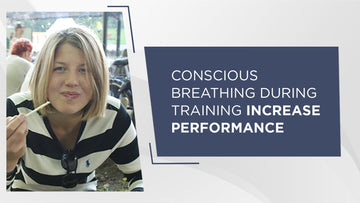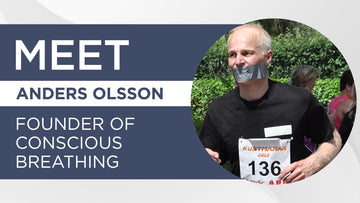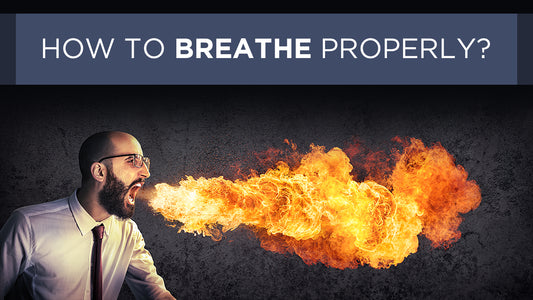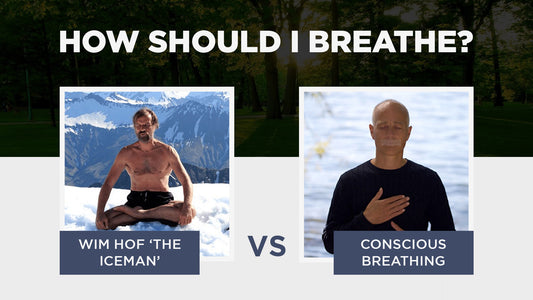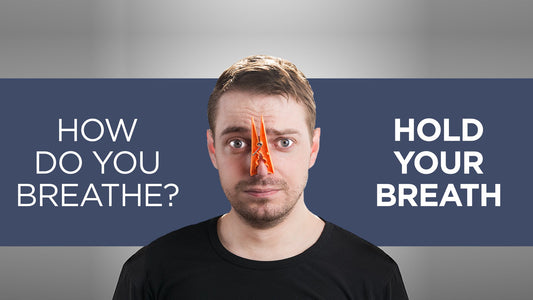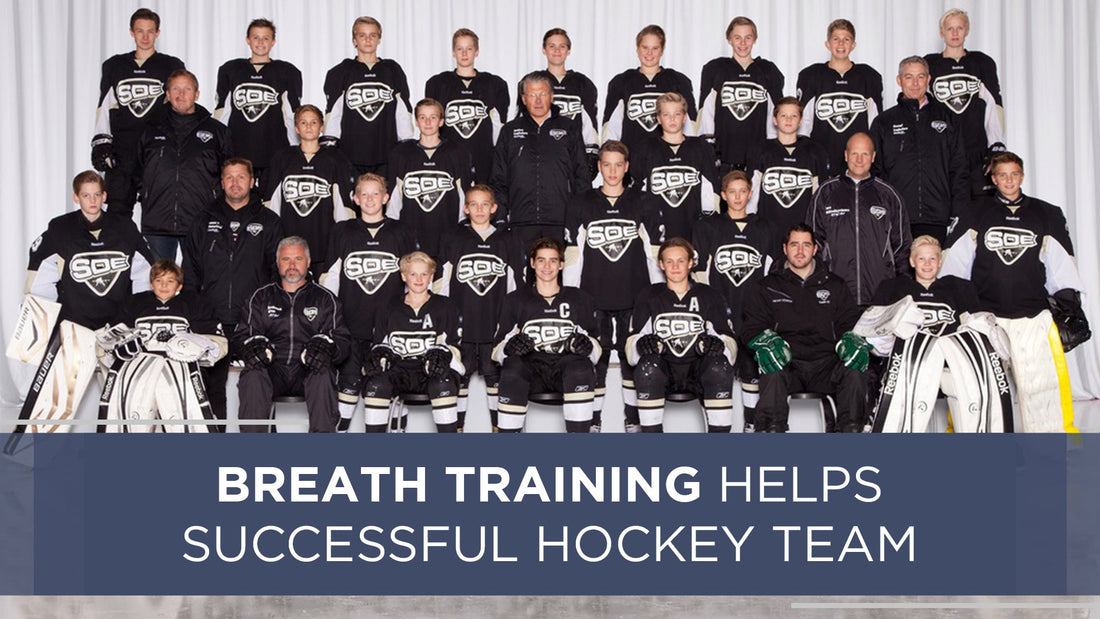
Breathing retraining helps successful hockey team
SDE Hockey, a unification of Stocksund, Danderyd and Enebyberg, is a successful association outside of Stockholm that carries out hockey activities for children and youngsters up to 18 years of age. Confirmation that we are working in the right ways with the youngsters is that out of the 20 players in Stockholm’s TV puck team in 2012, as many as 12 came from SDE Hockey.
One of the teams, SDE Hockey Team 00, has in most recent months included breathing training in their training program. For five minutes before practice and ten minutes before a match, they train with Relaxator breathing trainers while putting on the last of their equipment
A patch in the substitute box - Breathe through your nose

– Breathing training with the Relaxator before practices and matches has become a routine that is here to stay. It provides a quiet element that is valuable while providing increased focus and concentration. All players in the team have completely bought into breathing training, and nobody is cheating. It is a collective way to focus that is perceived as positive,Coach Håkan Nordström says.We also use breathing as a tool at the substitutes’ bench and during timeout Håkan continues.
– A good breath improves oxygenation, and when I say “Now we charge oxygen” all the guys in the team know that they should close their mouth and breathe through their nose and down to their stomach. At the substitutes’ bench, we have posted a note with the text: “Breathe through the nose“. We also remind the guys to think about their breathing to be able to relax while sitting at the bench, Håkan says.
Breathing training in various situations
Since your brain uses as much as 20% of your total oxygen consumption, a good breath that gives an effective oxygenation is very important in a sport like ice hockey, where it is all about making quick decisions all the time. The better your brain works, the better the decisions you will make. A conscious breath means that the breath goes in and out through the nose (or in through the nose and out through the mouth or Relaxator) while being deep, relaxed, rhythmic and quiet.
This can be divided into four different occasions (as seen below), where the SDE Hockey Team 00 have initially mainly focused on number two—repose, concentration and focus—and partly on number three—recovery. The next step is to apply Conscious Breathing in everyday life and during warm-up and other types of low-intensive work.
- 1. Good everyday breathing. Become aware of your breathing habits in everyday life—when watching TV, sitting in front of a computer, doing homework, sleeping, walking, sitting, talking, etc. Establishing good breathing in everyday life is the most important thing you can do as it will set the bar for how you will breathe during practice and competition. One week has 168 hours. By subtracting the number of hours you practice or compete per week, for example 168 minus 5 equals 163, it is easy to realize that the 163 hours of everyday breathing will have a decisive influence on how you will breathe during the 5 hours of practice or competition.
- 2. Repose, concentration and focus. Apply Conscious breathing when repose, concentration and focus are required.
- 3. Low-intensity work, warm-up, recovery. Apply Conscious breathing during low-intensity work, for example, only nasal breathing during warm-up or recovery from high-intensity work.
- 4. High-intensity work. Apply Conscious breathing during high-intensity work, for example, only nasal breathing during interval training or strength training. It may seem impossible at first, but, as with many other things in life, this ability can be improved. After some practice, many will find that nasal breathing works at a level that is far higher than they thought possible.
I am able to do more and hardly feel tired after practice

Adam Wilsby is one of the players who noticed a positive effect of improved breathing. Adam now almost only uses nasal breathing throughout practice, and it makes him both stronger and more alert: – I am able to do more and hardly feel tired after practice!, Adam says.
Nowadays, it is natural to use the breathing apparatus (the Relaxator), or the “oxygen charger” before practices and matches. Adam has also been taping his mouth with surgical tape at night with good results. – It makes me breathe only through my nose when I sleep, and I wake up more alert and more rested, Adam claims.
Breathing training – an investment for the future
Exercising to improve your breathing during adolescence is a major advantage when a hockey player is 18-19 years old. Then, you no longer need a protective grid in front of your face. Instead, a visor is enough, but you insert a gum-shield into your mouth which makes it very difficult to breathe through your mouth.
Many senior players, however, are not very good at breathing through the nose, and the gum-shield becomes an annoyance that goes out as soon as there are some spare time, for example, at face-off. In the worst case, the inability to breathe through the nose can limit physical performance and/or the ability to make important decisions on the ice. By actively practicing nasal breathing, the transition from junior to senior (and gum-shield) will become much easier.
The elite boxer Rebecca Eriksson has written this on her blog:
– For me, as a boxer, nasal breathing was a tremendously valuable tip, since I, during my matches, have a gum-shield in my mouth and have struggled with trying to still breathe through my mouth.
If I can learn to breathe properly through my nose during my matches, I would not have to put a lot of unnecessary energy into having to cope with mouth breathing and can, instead, focus on what I am doing. It will probably also make me feel more relaxed, balanced and harmonious when competing as I, at that time, often feel very nervous.
A simple rule of thumb is that the harder time you have breathing through your nose during physical activity, the more you have to gain from improving your breathing habits in everyday life outside of the practice and competition arena.

